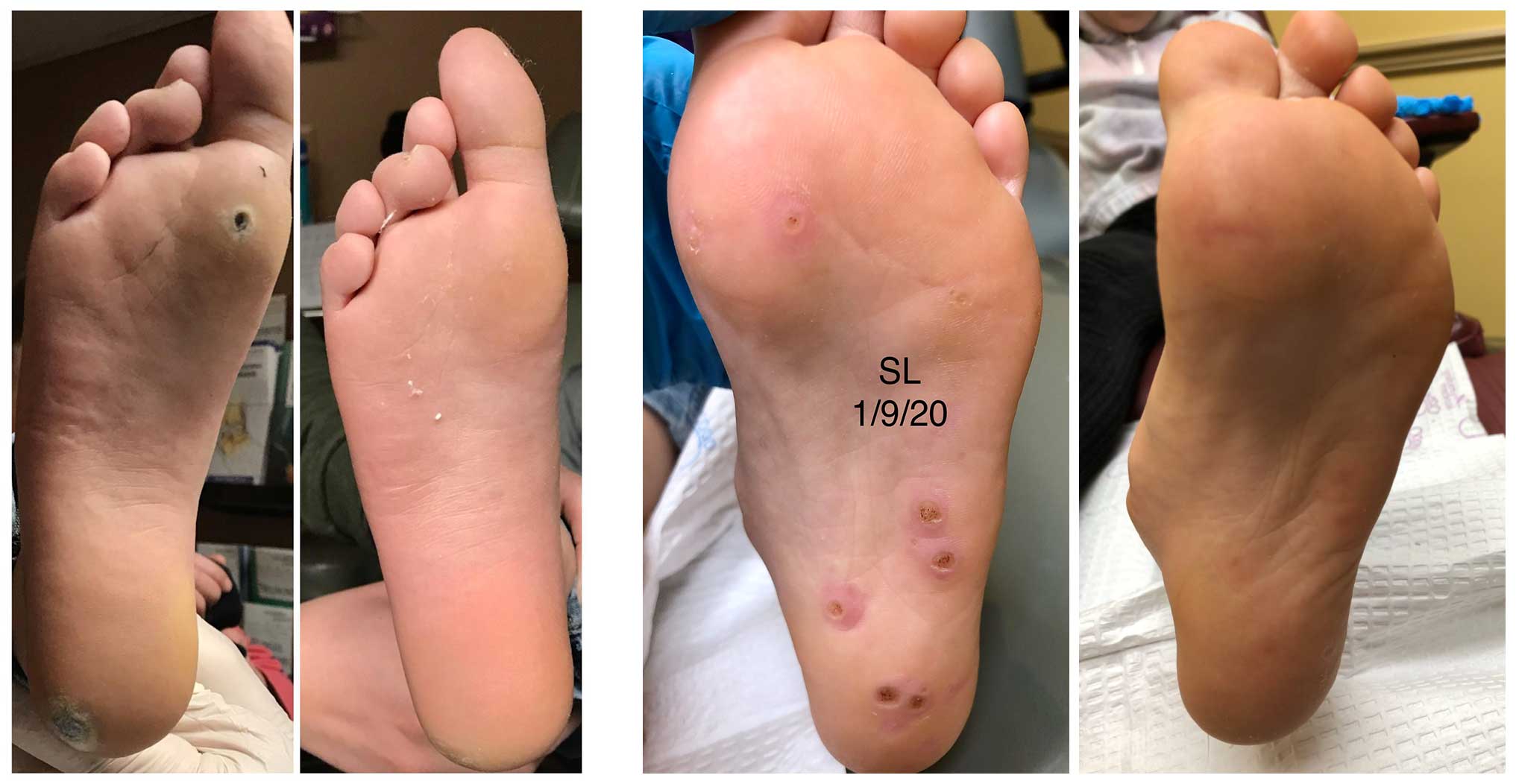A Comprehensive Guide to Treating and Preventing Warts
Warts can be quite a nuisance, often popping up at the worst of times and causing both physical discomfort and embarrassment. Fortunately, however, there are many solutions available to help alleviate your symptoms so that you can get back to living a wart-free life as quickly as possible. In this comprehensive guide to treating and preventing wart, we will cover all of the most common methods for relieving everything from small plantar warts to large facial growths. So read on to gain helpful insight into tackling any form wart issue!
What are Warts?: An Overview of the Common Skin Condition
Warts are a common skin condition that affect people of all ages. They are caused by the human papillomavirus (HPV), which can easily spread through contact with an infected person or surface. Warts are characterized by their rough, raised appearance and can be found on any part of the body. While they are usually harmless, warts can be unsightly and cause discomfort or embarrassment. Fortunately, there are several treatment options available, including over-the-counter remedies and more advanced medical procedures. If you suspect you have warts, it is important to speak with a medical professional to determine the best course of action based on your individual case.
Different Types of Warts and Their Symptoms
Warts are common growths on the skin that are usually harmless. However, they can be unsightly and depending on the location, can cause discomfort. There are different types of warts and each type has its own distinct symptoms. Common warts, for example, usually grow on the hands and are usually round and raised. Plantar warts, on the other hand, grow on the soles of the feet and can cause pain while standing. Flat warts grow in clusters and are usually, as the name suggests, flat and smooth. Genital warts are another type, and they grow in the genital area and can be sexually transmitted. While most warts are not serious, it is important to have them examined by a medical professional, especially if they cause pain or discomfort.
Treatment Options for Warts
Warts can be uncomfortable and unsightly, leading those who have them to seek out treatment options. Fortunately, there are effective treatments available to help manage the symptoms of warts and improve their appearance. One common method is to apply a topical medication containing salicylic acid, which works by breaking down the protein that makes up the wart. Cryotherapy, in which the wart is frozen off with liquid nitrogen, is another popular treatment option. In some cases, surgical removal may be necessary. It’s best to consult with a healthcare professional to determine the most appropriate treatment option based on the size and location of the wart.

Plantar Warts
How to Avoid Contracting Warts
Warts are benign skin growths that can be very contagious. It can be contracted by direct skin contact with someone who has it, or by touching surfaces that have been in contact with the virus. Fortunately, there are ways to avoid contracting warts. Proper hygiene is key. Always wash your hands frequently, especially after touching shared surfaces. If you have a cut or abrasion, cover it with a bandage to protect against potential exposure. Avoid sharing personal items such as towels, shoes, and socks. If you notice any suspicious growth on your skin, consult a healthcare professional immediately to ensure early diagnosis and treatment.
Natural Remedies for Treating and Preventing Warts at Home
Warts, caused by the human papillomavirus (HPV), are a common skin condition that can be both unsightly and inconvenient. While over-the-counter remedies or medical procedures are common treatments, many people prefer natural remedies for treating and preventing warts at home. Some natural remedies include using duct tape or salicylic acid, applying tea tree oil or apple cider vinegar, and consuming foods rich in antioxidants to boost the immune system. However, it is important to consult with a healthcare professional before attempting to treat or prevent warts at home to ensure that these methods are appropriate and safe.
Warts are a common condition, but with the right information you can come away better equipped to deal with them and prevent them. It’s important to remember that different types of warts may present themselves differently in different area of the body, as well as require different treatment options. Talking with a doctor is always the best health advice as he or she can diagnose and discuss any treatment option that best suits your needs. No matter what type of wart it is, you can use this article to help get yourself informed and start down the path towards treating your wart problem!
Flagstaff Foot Doctors: Anthony Rosales DPM
https://www.google.com/maps?cid=8835841318590452161
421 N Humphreys St, Flagstaff, AZ 86001, United States
(928) 774-4825
https://flagstafffootandankle.com/
